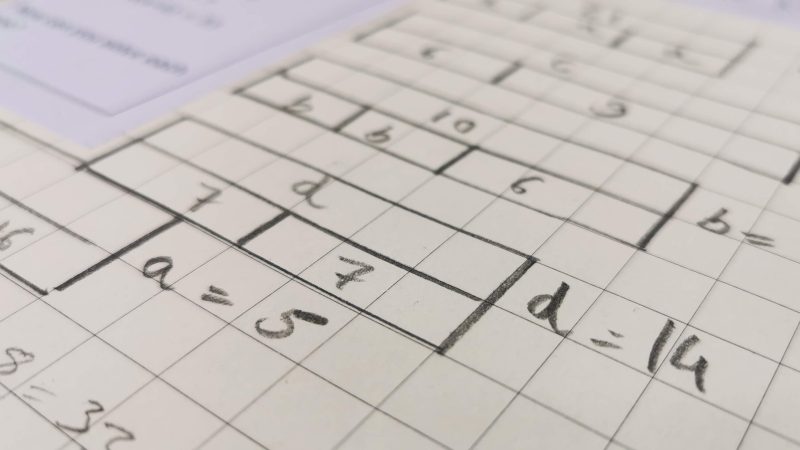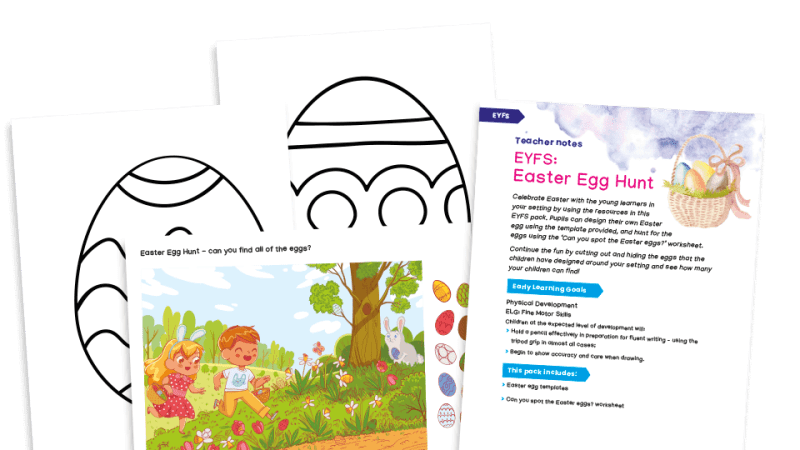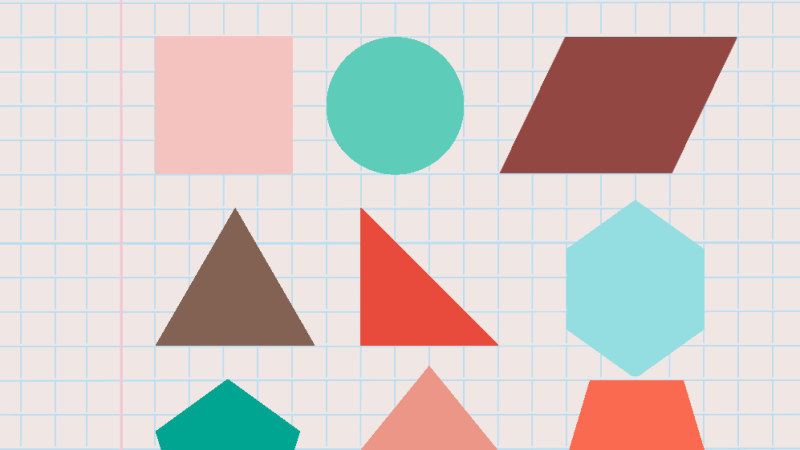From A Vet’s Surgery To A Picnic, Rich Contexts For Exploring Numbers And Shapes Aren’t Hard To Find
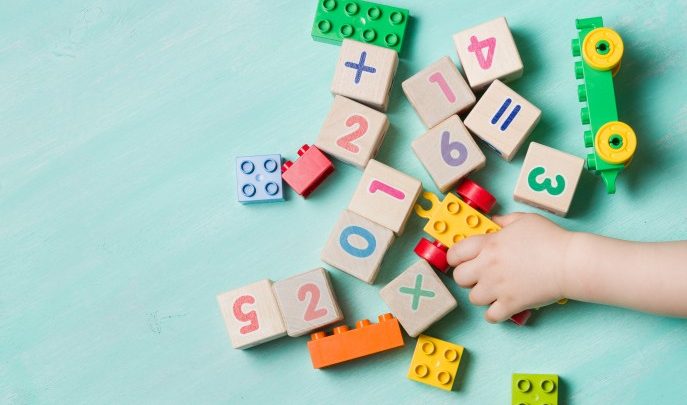
Maths is all around us – you just need to look to make the most of the opportunities for measuring, comparing, counting and classifying
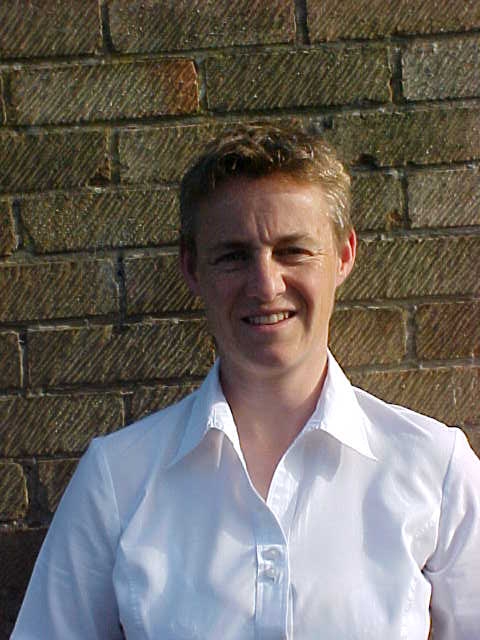
- by Ems Lord
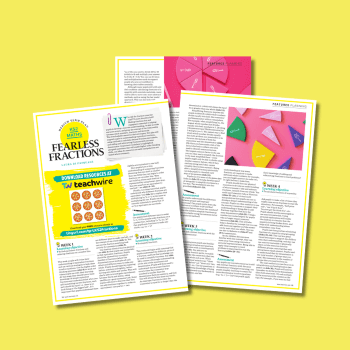
One of the most exciting aspects of working within an EYFS setting for me is the almost limitless potential for nurturing young mathematicians.
Wherever you look, there’s a learning environment waiting to be exploited – indoors or outside! Here, I’d like to explore some ideas for rich mathematical contexts that you might like to share with young children within your learning environment. But first, let’s consider what a ‘rich context’ might look like with the under-fives.
What is a rich context?
Rich contexts for maths abound in early years settings – they can even include the role-play corner or writing tables more usually associated with early literacy development. Rich contexts are places where young children want to play and explore. Their richness comes from identifying the opportunities for nurturing young mathematicians by providing suitable resources and adult support within that learning environment.
The ‘village vet’
One terrific example of a rich context emerged from an initially literacy-focused learning environment.
I was working with a group of colleagues who wanted to encourage early maths alongside emergent writing. In that particular setting, we focused on the ‘Village Vet’ role-play area.
The popular ‘surgery’ had been set up to encourage emerging literacy skills so there were plenty of pens and notebooks for mark making, telephones for contacting worried pet owners, and chairs for chatting away on whilst waiting for the vet to attend to the poorly teddy bear, stuffed rabbit or plastic duck.
The children loved playing and exploring within the surgery, but we quickly realised that its mathematical potential was being overlooked; we were missing an opportunity to develop measuring skills. So, we begged and borrowed weighing scales, tracked down a height-measuring instrument from a helpful school nurse and so on. We gradually added more and more items that offered opportunities to measure and compare in a real-world setting.
Later observations revealed just how successful the transformation had been for the children. While they were playing in the surgery, we captured numerous examples of them measuring, comparing, counting and classifying. And, they continued to develop their literacy skills too. We had successfully created a rich context for mathematics.
We went on to exploit the mathematical potential of many popular themes and festivals, and soon found that rich contexts came in many shapes and forms. It wasn’t difficult either; we just needed to focus more on the maths to make it happen.
Water, water…
Another lovely example from the NRICH team is Water Water…. Imagine it’s a sunny day and we decide to go for a picnic. If we want to take some bottles of lemonade (home-made, of course) to the park for our outing, which bottles will hold the most? This activity introduces children to comparing capacities through playing with water, as they pour and fill containers. Adults could set up a water tray with coloured water, and some bottles and flasks of varying dimensions, with some plastic cups.
The richness of the activity develops from both the range of resources provided for the children as well as the prompting questions from the adults. For example, discussing how containers are different shapes or have a greater capacity than others, progressing from just ‘bigger’ to ‘shorter’, fatter’, ‘taller’, ‘thinner’ and ‘holds more than’. The children can also be prompted to discuss the properties of shapes, describing them as ‘round’, ‘bendy’ or ‘straight‘ and ‘square’.
The children can count how many cups are filled from different containers and be encouraged to explain how they know containers hold more: “This is smaller because when you pour from the bigger one it overflows”; “This is smaller because when you pour it into the big one, the water only comes up to there”; or “This is bigger because you get six cups and that one only fills four cups.” Helpful hint: to help them make comparisons, try pouring one cupful of coloured water into each of some tall, thin and short, fat transparent containers. Discuss what happens to the water level in each and why.
The richness of this task can be enhanced through encouraging mathematical thinking and reasoning. Useful questions might include: What do you notice about the bottles? How are they different? What happens if you pour this one into this other one?
We can also develop their reasoning skills by asking: How can we find out which hold the most? How do you know which one holds more?
The activity can also be extended through questioning: How many cups will each container fill up? We can challenge children to put them in order from the smallest to the biggest / from which holds the most to the least. We can adapt the task by asking, How much lemonade do we have to make so that everyone can have a cupful? What about two cups-full? Or, we could plan for a smaller group of children, or some toys having an indoor party (ideal for bad weather days!).
I have already mentioned the importance of mathematical mark making. In Water, Water…the children can be encouraged to put labels on the bottles to record how many cupfuls of lemonade they can hold. Whichever approach you take, it is clear that Water, Water… is a rich maths context for the under-fives.
NEXT STEPS
Three ways to develop your practice • Ask yourself, “How many activities in my setting could be adapted as rich maths contexts?” Look for examples where you could measure, explore shapes and record data, as well as the more obvious opportunities for counting.
• Look carefully at your role-play areas; they are often overlooked as rich mathematical contexts even though they offer enormous potential for nurturing young mathematicians. Now ask yourself, “How many ways can we include maths in here too?”
• A rich maths context requires a combination of resources and prompting questions. So, plan ahead and consider key questions for adults to ask the children. Remember to display them prominently near each activity.
If you’ve enjoyed these ideas and want some more rich contexts to explore maths in your setting, then why not visit our NRICH Early Years pages? We have a huge range of free activities and articles to help get you started. We’d love to hear from you too. You can share your results with our team by Twitter @nrichmaths or Facebook at facebook.com/nrichmaths, and find out about new rich contexts through our half-termly newsletter.






